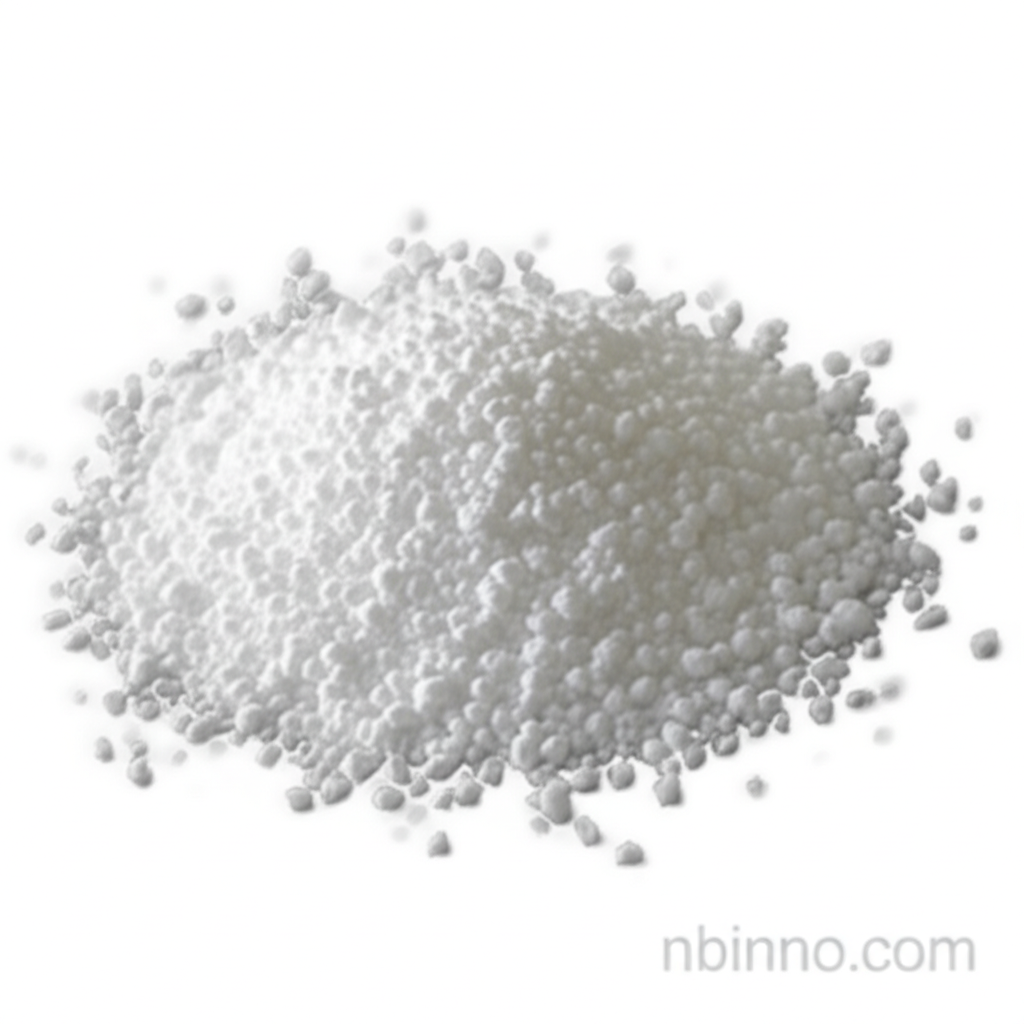Sodium Hypophosphite: Your Essential Reducing Agent
Discover the power of Sodium Hypophosphite for advanced plating and diverse industrial needs.
Get a Quote & SampleUnveiling the Core Value of Sodium Hypophosphite

Sodium Hypophosphite
Sodium Hypophosphite, also known as Sodium Phosphinate, is a highly effective chemical compound that serves as a crucial reducing agent and antioxidant across numerous industrial sectors. Its stability and reactivity make it indispensable for advanced processes, particularly in electroless nickel plating where it facilitates uniform, durable coatings.
- Experience enhanced metal finishing with Sodium Hypophosphite's role as a key reducing agent in electroless nickel plating.
- Leverage its antioxidant properties to improve the stability and lifespan of various industrial formulations.
- Benefit from a chemical that meets stringent factory standards, ensuring high purity for critical applications like pharmaceuticals.
- Explore the versatility of this compound, from its use as a preservative to its applications in clinical testing.
Key Advantages You Can Rely On
Exceptional Reducing Power
As a powerful reducing agent, it drives essential chemical reactions in electroless nickel plating, ensuring consistent and high-quality finishes.
Broad Industrial Utility
Its application as a preservative and antioxidant extends its value beyond plating, benefiting industries from pharmaceuticals to cod liver oil emulsions.
Guaranteed Purity and Stability
Rigorous testing confirms its compliance with factory standards, offering assurance for sensitive applications and reliable performance.
Key Applications
Electroless Nickel Plating
Essential for providing a uniform, corrosion-resistant nickel alloy coating without external electrical current, crucial for complex geometries.
Industrial Preservative & Antioxidant
Used to protect products from degradation, particularly noted in applications like cod liver oil emulsions, ensuring product integrity.
Pharmaceutical Industry
Its high purity and reliable chemical properties make it a valuable component in pharmaceutical manufacturing and clinical testing processes.
Chemical Processing Aid
Functions as a reducing agent in various chemical processing steps, contributing to efficient and controlled reactions.
